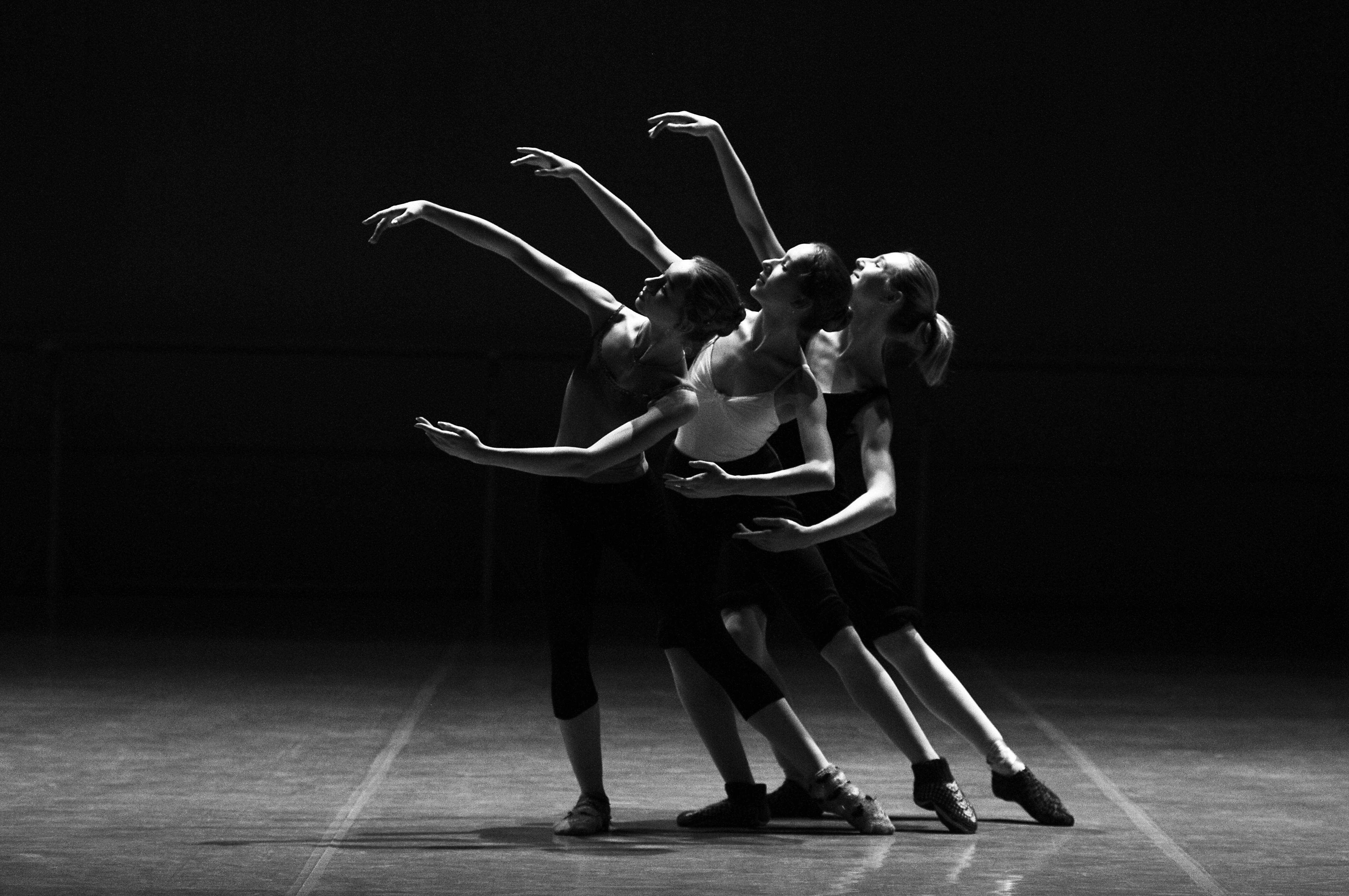Celestial Choreography: Ballet's Cosmic Odyssey
In the realm of performing arts, a groundbreaking fusion is taking center stage. Ballet, long revered for its grace and precision, is embarking on an interstellar journey, melding classical dance with cutting-edge astrophysics. This innovative blend, dubbed "Celestial Choreography," is captivating audiences worldwide and pushing the boundaries of artistic expression. As dancers pirouette through simulated star fields and leap across virtual galaxies, the line between science and art blurs, creating a mesmerizing spectacle that educates as much as it entertains.

This unique partnership led to the creation of the first Celestial Choreography piece, Nebula Nocturne, which debuted at the Royal Opera House in London to critical acclaim. The performance featured dancers moving through holographic projections of nebulae and star clusters, their movements mirroring the expansion and contraction of cosmic gases.
Technological Marvels Behind the Scenes
At the heart of Celestial Choreography lies a sophisticated array of technologies that transform the stage into a dynamic cosmic playground. Advanced projection mapping systems create immersive, three-dimensional environments that respond in real-time to the dancers movements. Motion capture suits, typically used in film visual effects, allow dancers to interact with virtual celestial bodies, their gestures triggering ripples across the fabric of space-time.
Perhaps most impressive is the integration of data from space telescopes and observatories. Live feeds from NASA and ESA missions are woven into performances, allowing audiences to witness actual cosmic events as they unfold, interpreted through the fluid motions of the dancers.
Choreographing the Cosmos
Translating the vast, often abstract concepts of astrophysics into the physical language of dance presents unique challenges and opportunities for choreographers. Merce Cunningham protégé, Jonah Bokaer, has been at the forefront of this new genre, developing a vocabulary of movements that represent everything from the spin of electrons to the collision of galaxies.
Bokaers approach involves intensive collaboration with scientists, studying computer simulations of cosmic phenomena and finding ways to embody these processes through human movement. His piece, Quasar Quartet, features four dancers whose intricate interactions mirror the gravitational dance of a quasar system, their bodies twisting and merging in a mesmerizing display of cosmic forces.
Educational Impact and Public Engagement
Beyond its artistic merits, Celestial Choreography has proven to be a powerful educational tool. Museums and planetariums around the world are incorporating elements of these performances into their programming, using dance to make complex astronomical concepts more accessible to the public.
The American Museum of Natural History in New York has partnered with the New York City Ballet to offer a series of workshops where children learn about the life cycles of stars through movement exercises. These hands-on experiences have been shown to increase scientific literacy and spark interest in STEM fields among young participants.
The Future of Cosmic Dance
As Celestial Choreography continues to evolve, its influence is spreading beyond the confines of traditional theater spaces. Site-specific performances at observatories and under dark sky preserves are becoming increasingly popular, offering audiences a chance to witness the harmony between earthbound dancers and the actual night sky.
Looking ahead, there are plans to take this art form to even greater heights. The European Space Agency is exploring the possibility of a zero-gravity ballet aboard the International Space Station, while VR developers are creating immersive experiences that allow users to dance through accurate simulations of distant solar systems.
The marriage of ballet and astrophysics in Celestial Choreography represents a bold new frontier in interdisciplinary art. By bridging the gap between the physical and the cosmic, it offers a unique perspective on our place in the universe, inviting audiences to contemplate the beauty and complexity of the cosmos through the universal language of dance.





